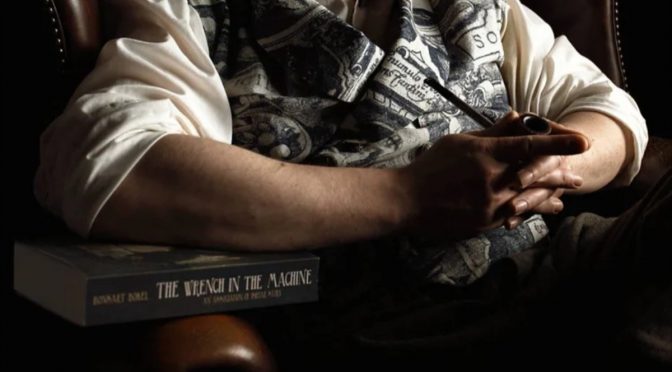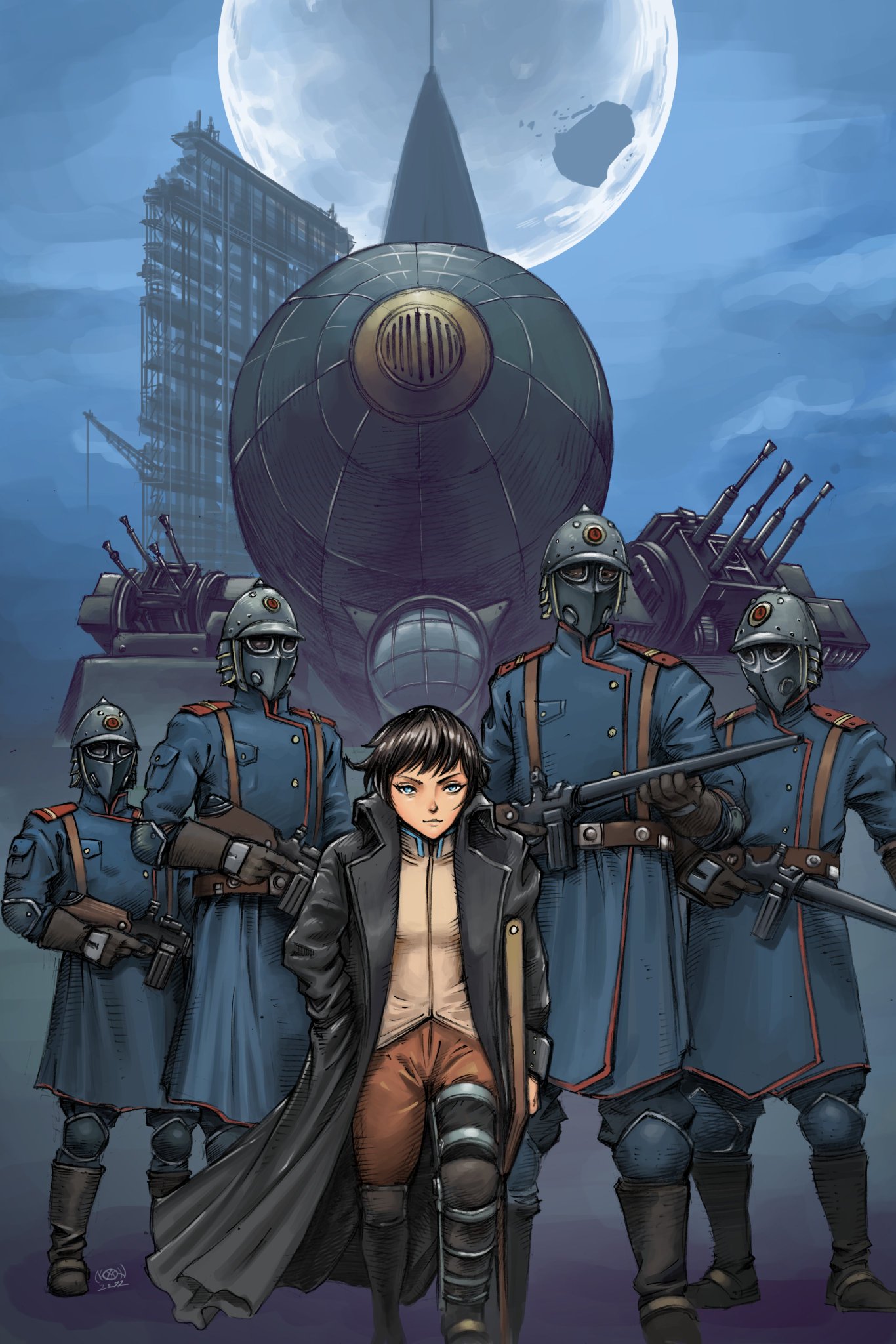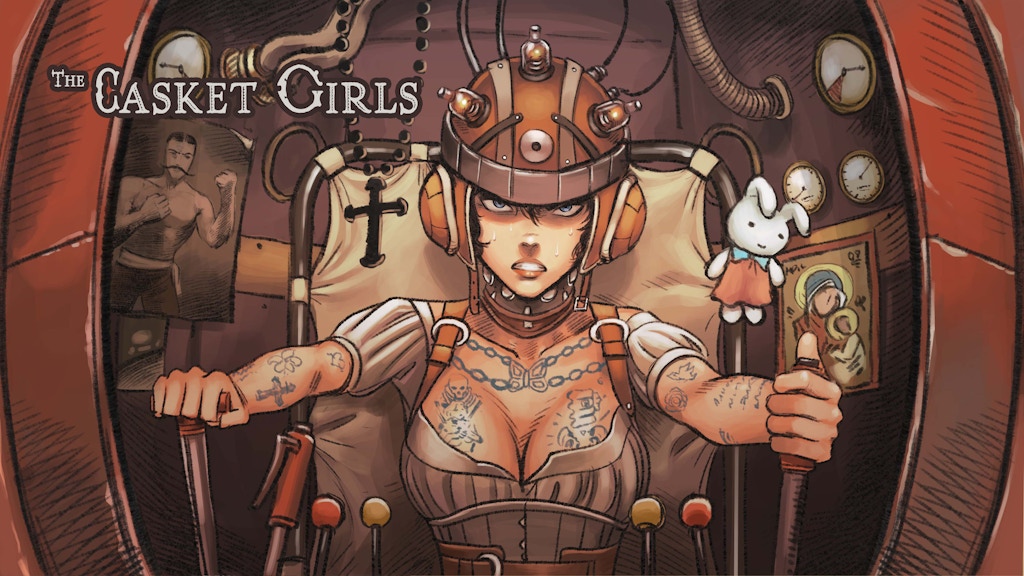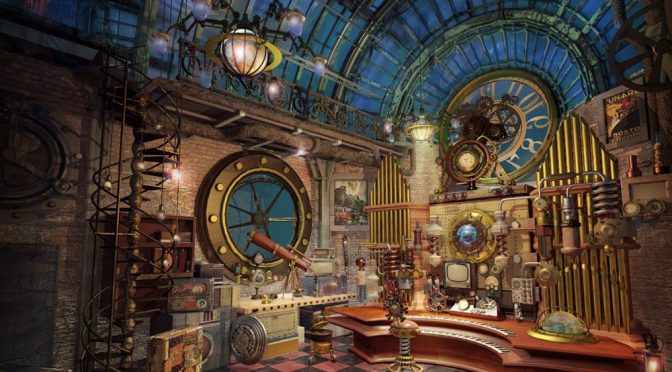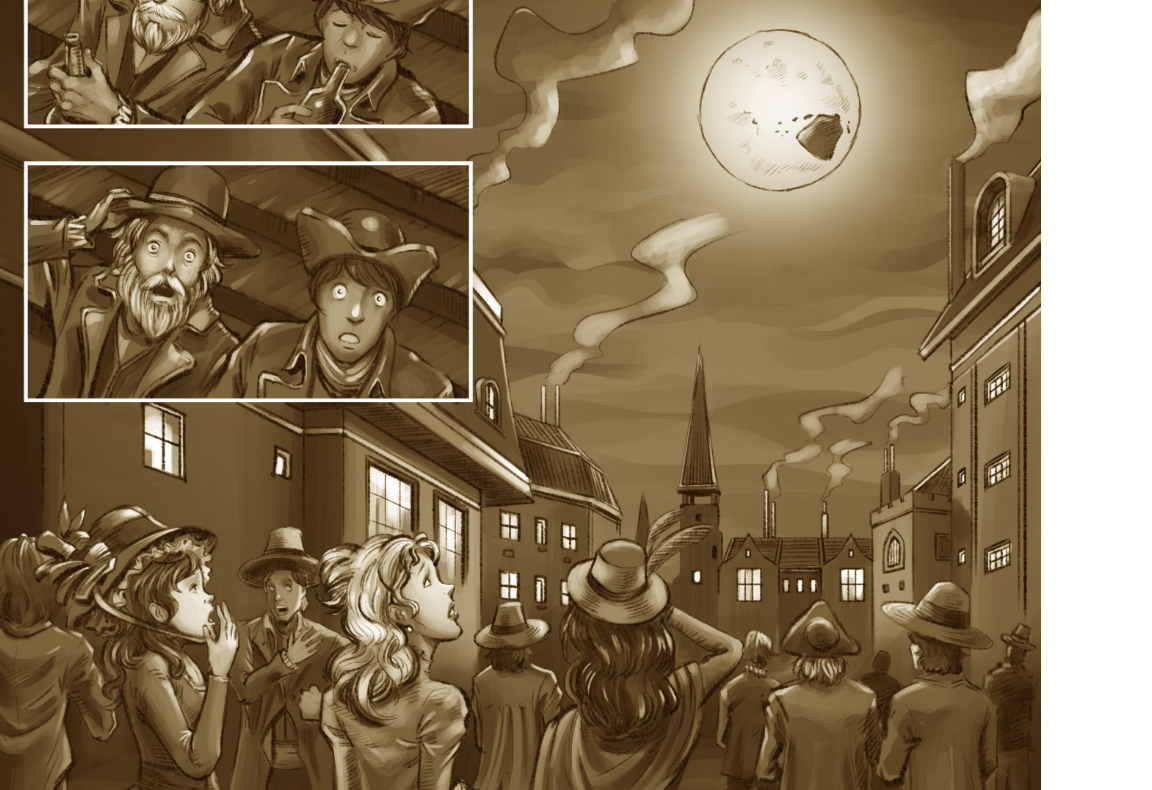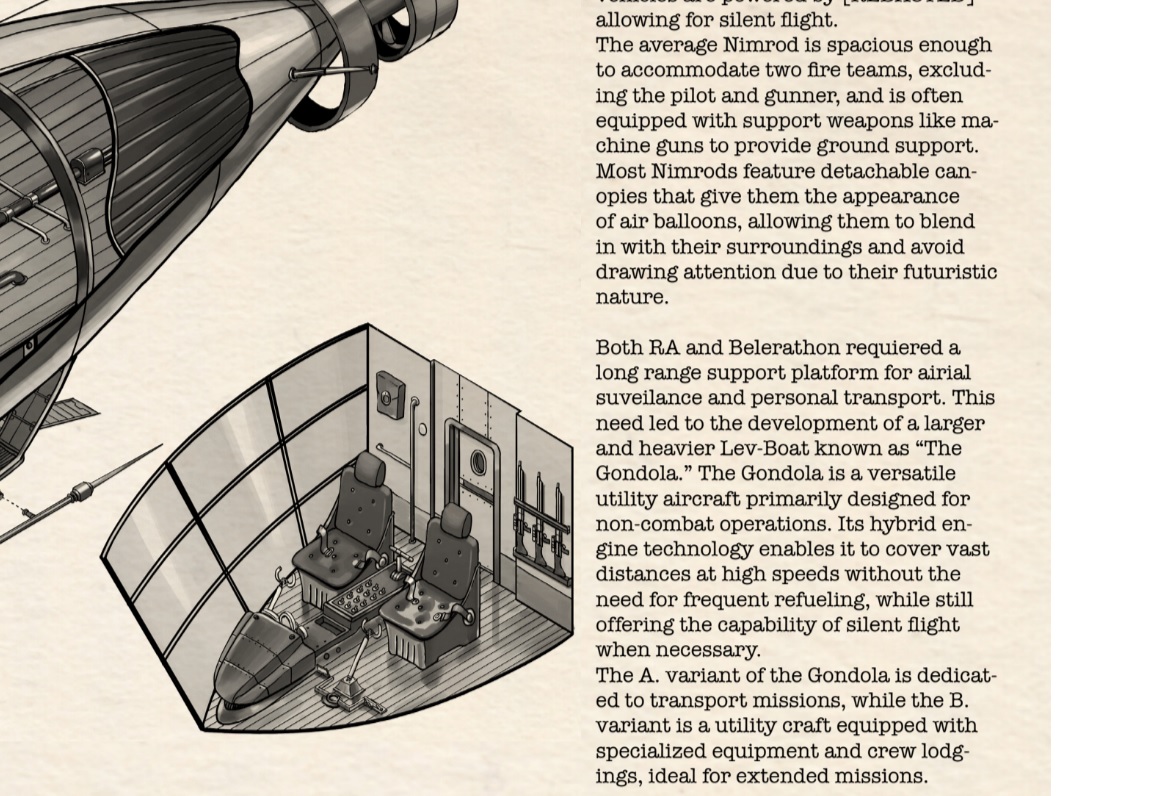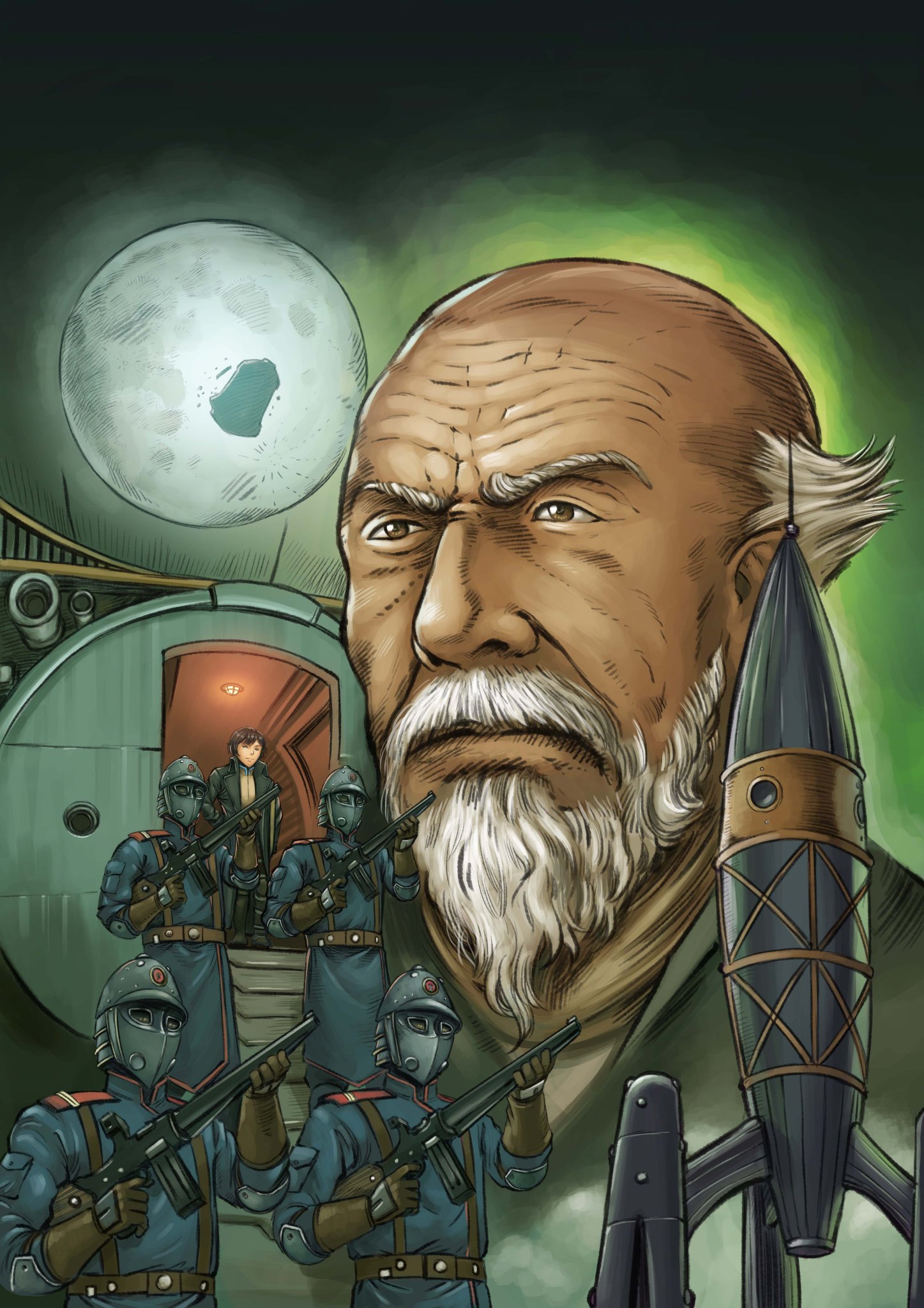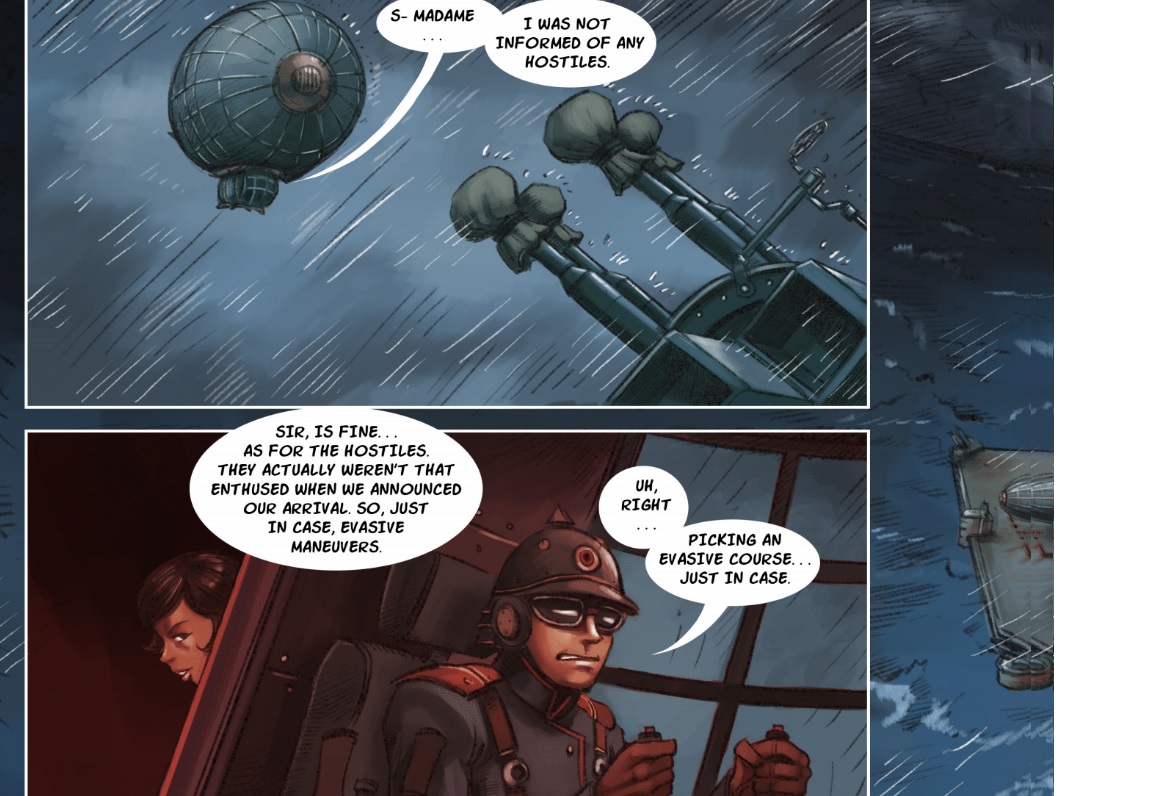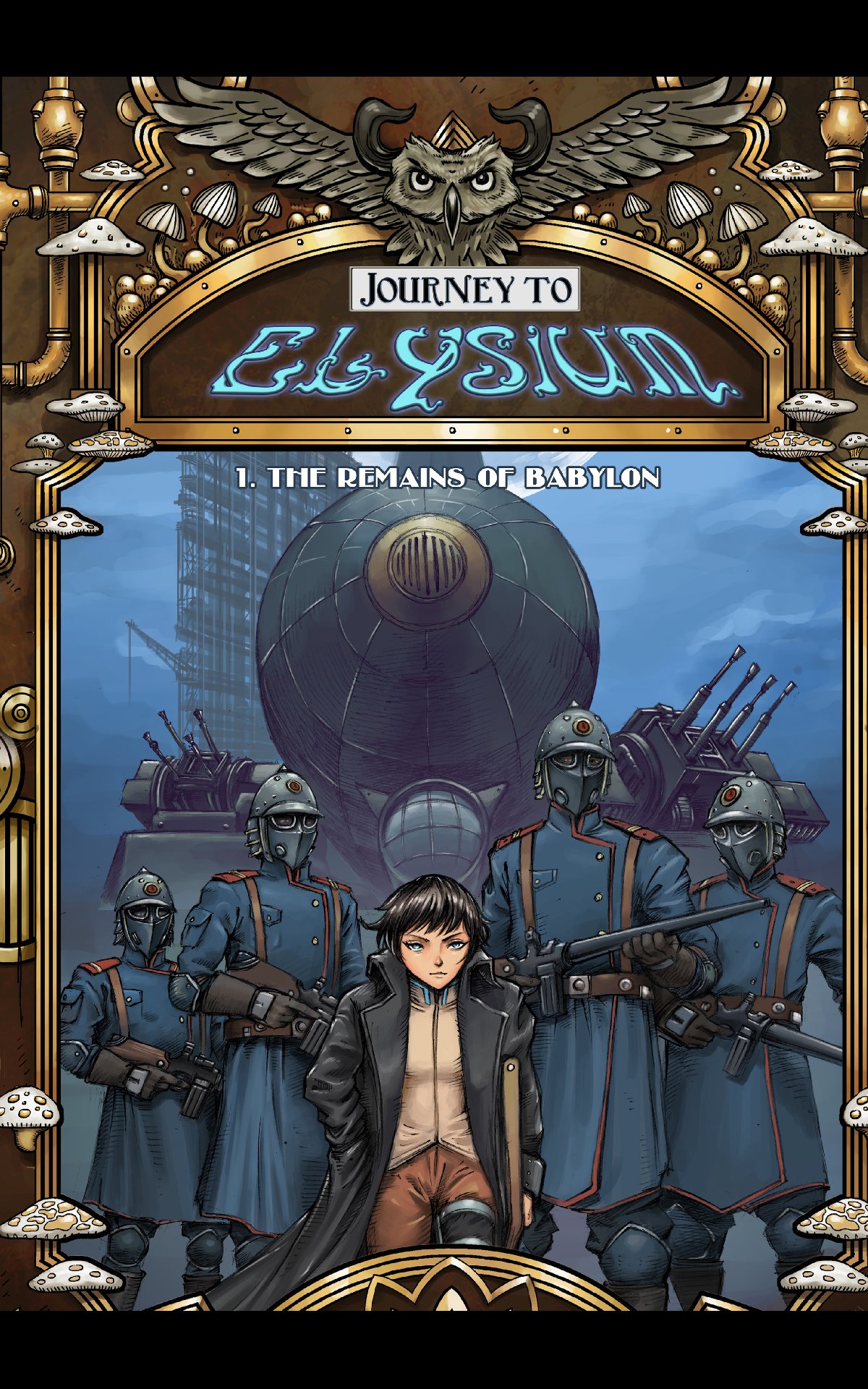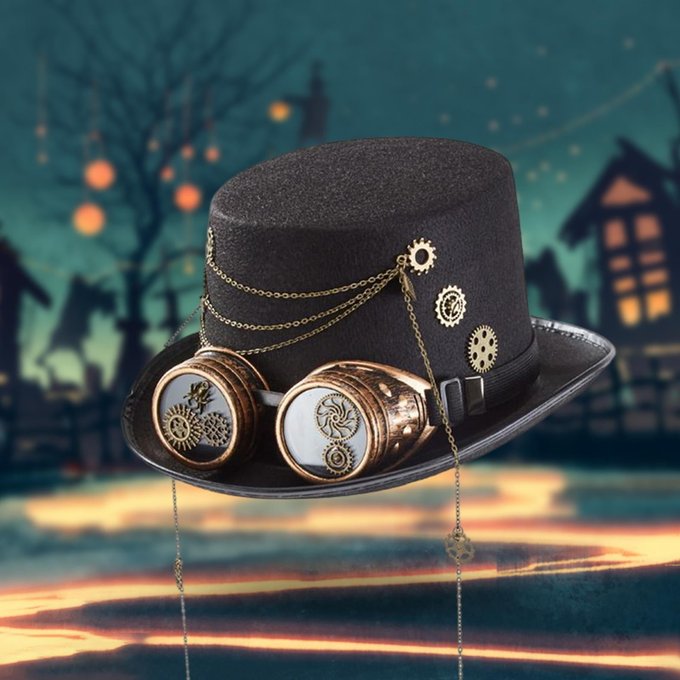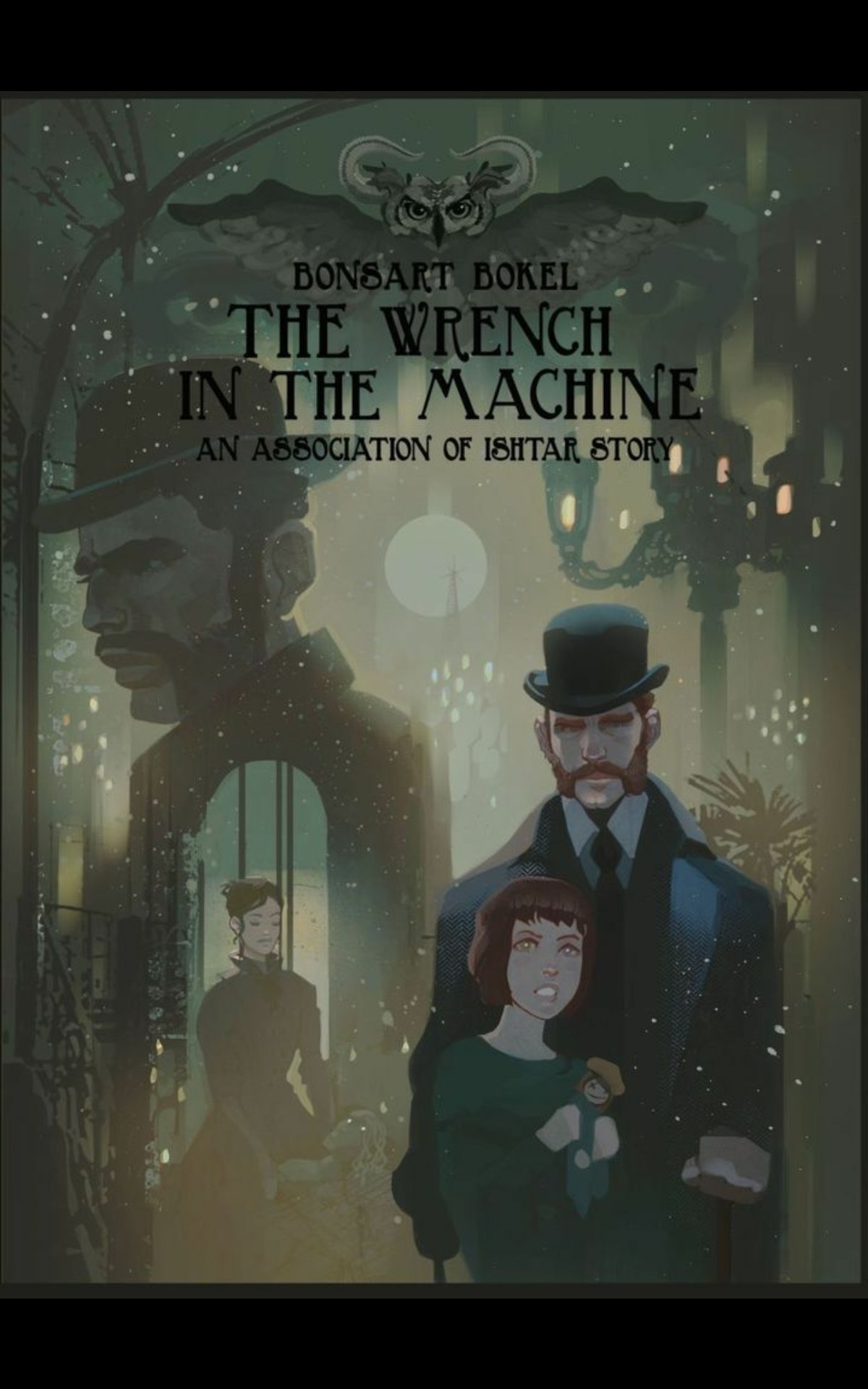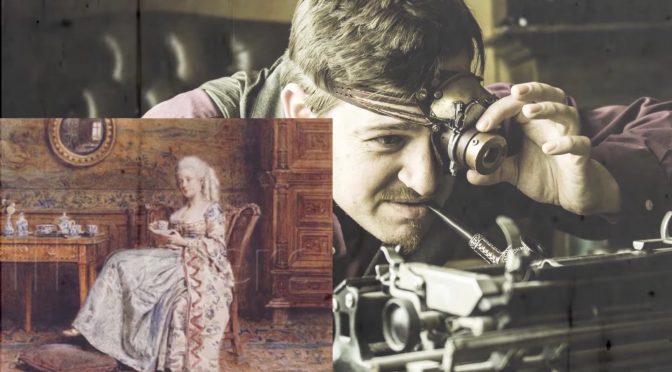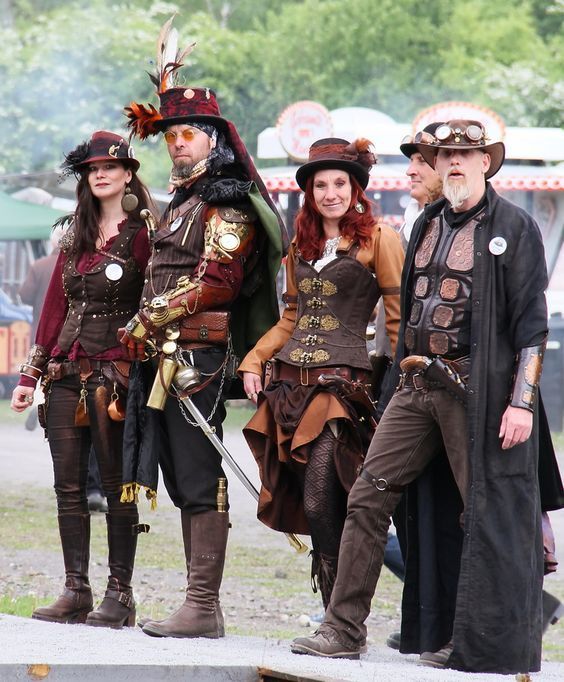By INFAMOUS 🦀
After having reviewed both The Wrench in the Machine and Journey to Elysium, we felt it necessary to have a little interview with the visionary behind this universe we are so much enjoying. All the way from the Netherlands, Mr Bonsart Bokel!
Q1: is what you are writing steampunk? Or what should we call it?
Bokel: Yes, although I use different descriptions for every book. The Wrench in the Machine takes my definition of the Steampunk genre, Cyberpunk in the Past, to ‘Eleven’.
Q2: Steampunk seems like a very niche subgenre; what the general audience sees seems to be very limited and restrictive for creativity to thrive. Do you agree?
Bokel: I think the problem is we haven’t had the conversation on what Steampunk should be. To many, Steampunk is just an aesthetic. They discard the idea of being a genre entirely. So it became “Steampunk is like porn. You know it when you see it.”
Currently, there is a lot of Fantasy with a Steampunk skin. (This is not necessarily Gaslamp Fantasy either).
The other cliche is the overall approach to history. This being the ‘oppressor vs oppressed’ or ‘class struggle’ narrative. It might make for decent stories, but does not make good Alternate History.
Q3: The ‘historical’ element in fiction has been underrated or even misused. Do you feel your approach is different when applying history to your stories?
Bokel: My series has a high emphasis on Alternate History, so I’m taking the ‘Past’ part of the definition very seriously. There are more Steampunk authors like that. But you wouldn’t know them. They went to a different school and live in Canada now.
Joking aside, some ignore the historical part just to give themselves the freedom to explore historical processes without seeming biased. The Guns Above series is a good example of this.
Q4: My favorite character from Journey to Elysium was Subject-09…Any chance we might see her again or even have her own dedicated novel? I love her character and not because she is a woman or because she is disabled either!
Bokel: Subject-09 is kind of an accident. A silly idea that people really love for some reason. Even as a short story (Cough, check out my page on Ream, cough) S-09 quickly proved people’s favorite along with Subject-06.
Currently, I am still exploring ideas for the future novels. Although I have ideas for her, S-09 place is in the bigger picture of the overall series. There is still so much I need to figure out for what I call Phase1 of the Association of Ishtar, I wouldn’t be surprised if I can’t get her to shine until the start of Phase 3. When will Phase 2 start? When I finally know what I want to do for the third novel. Until then, she’ll make some small appearances, like in Anwin and Journey to Elysium.
Q5: Tell us briefly about your latest project going live soon on KS. Is this a comic book or a novel?
Bokel: The Kickstarter will launch on March 17 if all goes well. The Casket Girls is a novelette about mecha pilots serving in the French Imperial Penal Legion that will be illustrated. It will also contain various miniatures for your 3D printing pleasure as we are working on an RPG.
Q6: Originality in modern fiction seems rare these days. I think you are carving out the blueprints of something new and original. What can we see from the Association of Ishtar next?
Bokel: I already mentioned the RPG we hope to present by the end of the year.
I’m working on various books. One is a second Anwin novelette, which is about an autonomous doll and her owner, Igraine. Another is the Knights of Avalon, which is kind of the male chivalrous counterpart to the Casket Girls.
Of course we also hope to have the second issue of our comic Journey to Elysium done.
Overall, I hope to create a community creating new Subjects, Constructs and Planes to be explored. I’m already doing it on the illustration front with our Alternate History videos on Youtube. Finding a way to collaborate with co-writers would be great if only to explore other genres beside hard sci-fi without losing sight of the themes of Steampunk.
(Gee, and here I thought Alternate History stories were simply about taking famous characters from history and swapping race or gender LOL!)
🦀
Don’t forget to back Bonsart!
And also follow him on REAM!

